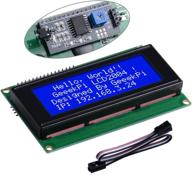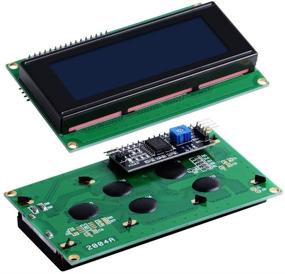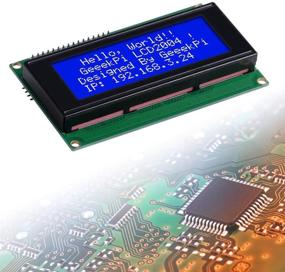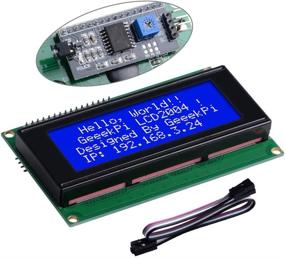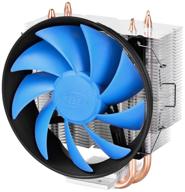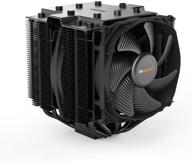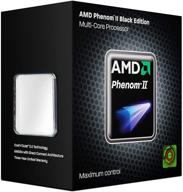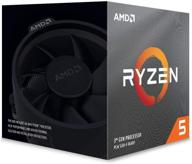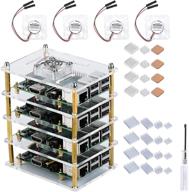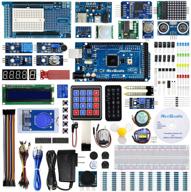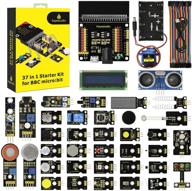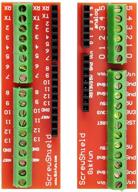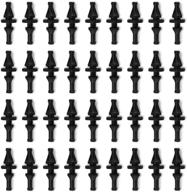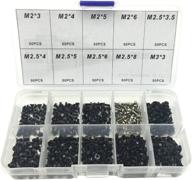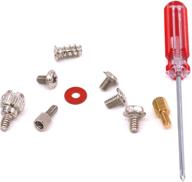Description of 📟 2Pack GeeekPi LCD 2004 Module with I2C Interface Adapter, Blue Backlight, 20x4 LCD Module Shield for Raspberry Pi and Arduino Uno
The LCD has always been a device that acts as a window in human-computer interaction. For example, the prompt window on some instrument devices, the temperature and humidity prompt box, the device running status monitor, and the prompt screen of the counting device all have LCD figures. The common LCD1602, LCD2004, and LCD12864 are fabricated using liquid crystal materials and communicated using the I2C bus. It is a high-performance serial bus with bus rules and high-speed or low-speed device synchronization required for multi-master systems. The I2C bus has only two bidirectional signal lines, a serial data line (SDA) and a serial clock line (SCL). Compatible with all devices with I2C interfaces, such as Arduino, raspberry pi, beagle bone black, tinker board, stm32, esp32 and more.


